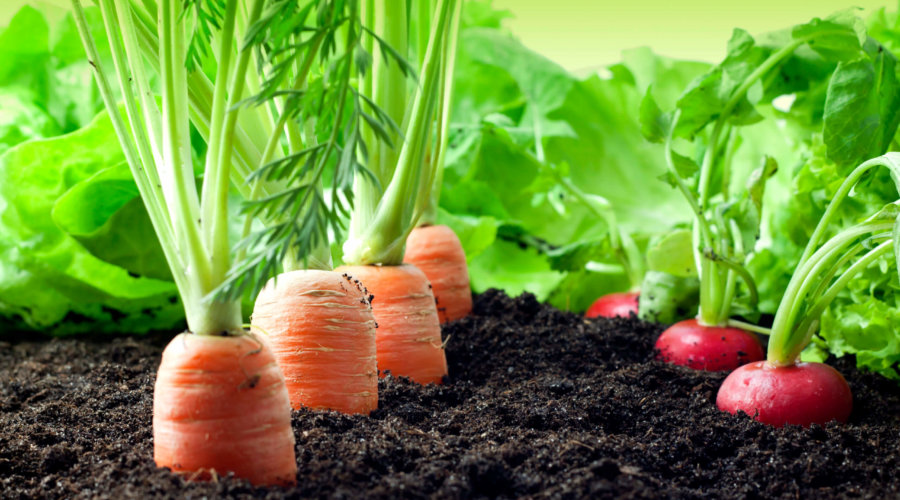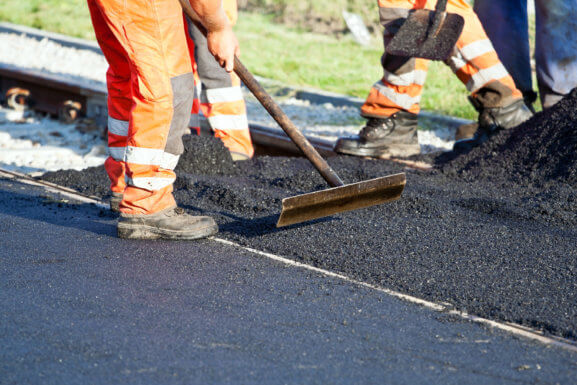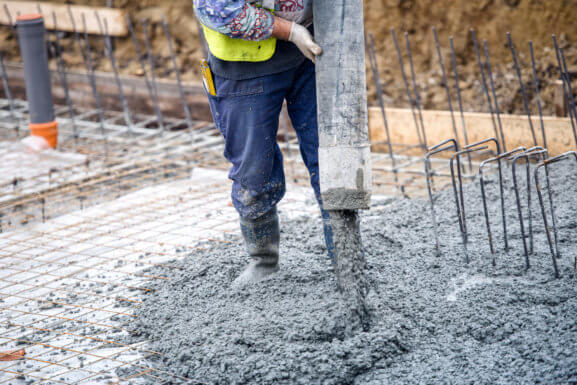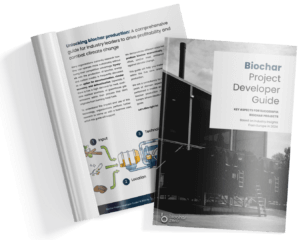More and more biochar is being used as an additive in peat-free substrates because of its water- and nutrient-storing effect. Due to its high porosity and cation exchange capacity, it is a powerful carrier material and provides a habitat for roots and useful microbiomes. It also initiates the process of humus formation. In combination with fertilisers, biochar has also been shown to increase yields.
Benefits of Biochar in substrates
- Steady yield stabilisation,
- Significant yield increase in combined application with fertilisers1Ye, L, Camps-Arbestain, M, Shen, Q, Lehmann, J, Singh, B, Sabir, M. Biochar effects on crop yields with and without fertilizer: A meta-analysis of field studies using separate controls. Soil Use Manage. 2020; 36: 2– 18. https://doi.org/10.1111/sum.12546;,
- Reduction of irrigation costs,
- Substitution of materials such as peat, perlites or coconut fibres,
- Reduction of nitrous oxide emissions2Schmidt, H.-P., Kammann, C., Hagemann, N., Leifeld, J., Bucheli, T. D., Sánchez Monedero, M. A., & Cayuela, M. L. (2021). Biochar in agriculture – A systematic review of 26 global meta-analyses. GCB Bioenergy, 13, 1708– 1730. https://doi.org/10.1111/gcbb.12889
The potential of biochar lies in its high water and nutrient storage capacity. Biochar is a material that is not very reactive and in whose matrix mineral and trace substances are firmly bound. It tends to be pH neutral and low in salt and nutrients and also has a high porosity. These properties lead to the high yield increase potential of biochar.
Biochar must not be used pure, it must either be loaded with a fertiliser solution or composted with the compost for the substrate mix. Only in this case the potentials for adsorption and long-term release of substances as well as the initiation of humus growth will be unfolded.
Replacing peat and perlite is becoming increasingly important as countries are required to protect peatlands and replace fossil resources with renewable ones due to the obligation to minimise emissions, save energy and store carbon.
Biochar provides long-term and stable carbon storage, which means that the use of biochar in earth substrates leads to the formation of negative emissions and CO2 Removal Certificates (CORC) can be sold accordingly.
State of Development
Soil substrates with biochar have so far been common mainly in the consumer segment. For home and hobby use, garden centres stock at least one peat-free universal soil substrate in small containers, yet these only contain biochar in exceptional cases. However, there is a wider selection of biochar-based soil substrates for home use available from web shops.
Biochar-based soil substrates still represent a niche for professional use. There are only a few tailored biochar substrates for plant nurseries available so far. The peat-free biochar substrates offered still have very few standardised parameters compared to professional peat- and perlite-based soil substrates for plant nurseries, gardening and landscaping. Specific properties such as pH values, nutrient salts, available nitrogen or trace substance and iron contents are often not reported.
It can be observed, however, that cut-to-size special soils are increasingly emerging, especially in vegetable cultivation.
Application
Biochar must always be used loaded with nutrients, otherwise it would extract water and nutrients from soil. The biochar must therefore be composted for several weeks with the compost portion of the substrate.
In addition, when using biochar in soil substrates, the biochar must be carefully selected, as each biochar is different due to the raw materials and the way it is produced.
Dosage
For the dose of biochar, 3-15 percent by volume are recommended by common suppliers, depending on the type of crop.
In horticulture/agriculture, application rates of more than 10 t per hectare do not contribute to higher crop yields3Ye, L, Camps-Arbestain, M, Shen, Q, Lehmann, J, Singh, B, Sabir, M. Biochar effects on crop yields with and without fertilizer: A meta-analysis of field studies using separate controls. Soil Use Manage. 2020; 36: 2– 18. https://doi.org/10.1111/sum.12546;.


Picture Credit
©Depositphotos/zhaaks@gmail.com (Foto-ID: 333012832)



